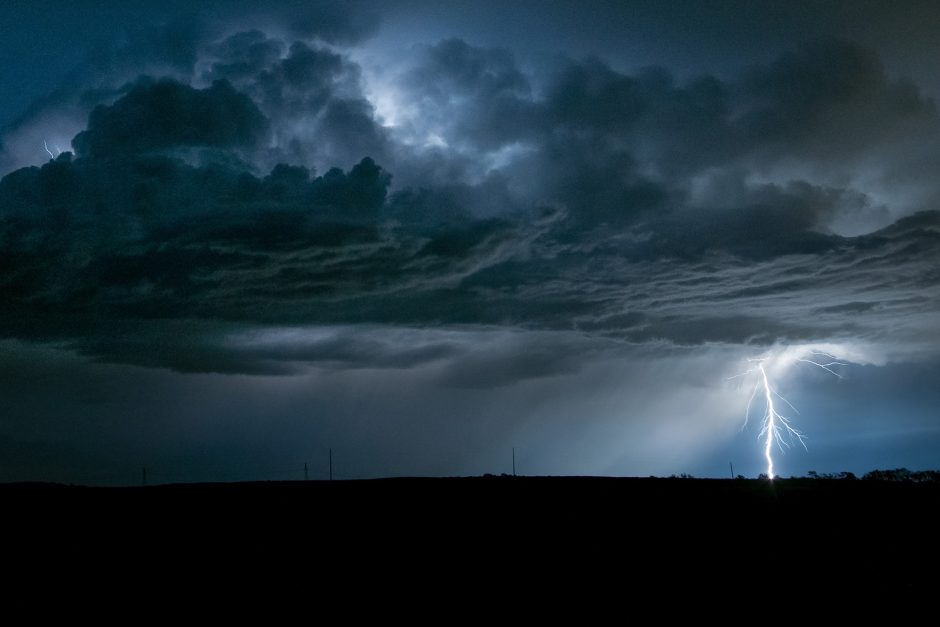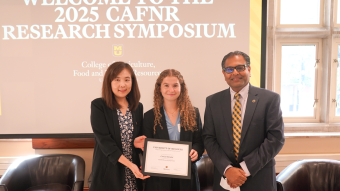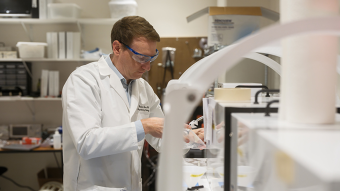
July 31, 2025
When the wind howls and sirens wail, most people instinctively seek shelter. But what happens when devastating tornadoes strike in the middle of the night and catch communities literally in their sleep?
New research by University of Missouri faculty member Jennifer First is exploring this critical concern, focusing on the deadly impact of nocturnal tornadoes in the Midwest. Her latest project, funded by a National Science Foundation RAPID award, will study the aftermath of tornado outbreaks that swept across the Midwest and Southeast in March 2025 and resulted in 42 fatalities.
Nocturnal tornadoes are notoriously dangerous, First said, often resulting in twice as many deaths as tornadoes during daylight hours.
“When tornadoes happen at night, there’s an element of vulnerability because people are likely sleeping in their homes,” she said. “You’re vulnerable if you don’t get the warning, and you’re also vulnerable if you’re in housing that isn’t wind resistant.”
The National Science Foundation’s RAPID initiative is designed to support research when there’s an urgent need, such as after a natural disaster or unexpected event. The project is a collaborative effort with research partners at Missouri University of Science and Technology.
First, who is in Mizzou’s School of Social Work, and her team will handle the social science aspect, and Grace Yan, an engineering professor at Missouri S&T, will look at wind-related impacts on structures. The two teams will combine their expertise to understand the complex interplay between storm warning mechanisms, human behavior and structural integrity during nighttime tornado events.
First hopes the project can help inform policy and enhance public education regarding tornado preparedness. She believes the findings will also provide further insight into how structures are built in tornado-prone areas and explore ways of strengthening existing housing. Beyond that, she wants to raise public awareness about the heightened risks of nighttime tornadoes and educate communities on effective response strategies.
“We want to prevent injuries, and we want to prevent deaths,” First said. “This is the goal of this research.”
Read more from the College of Health Sciences


